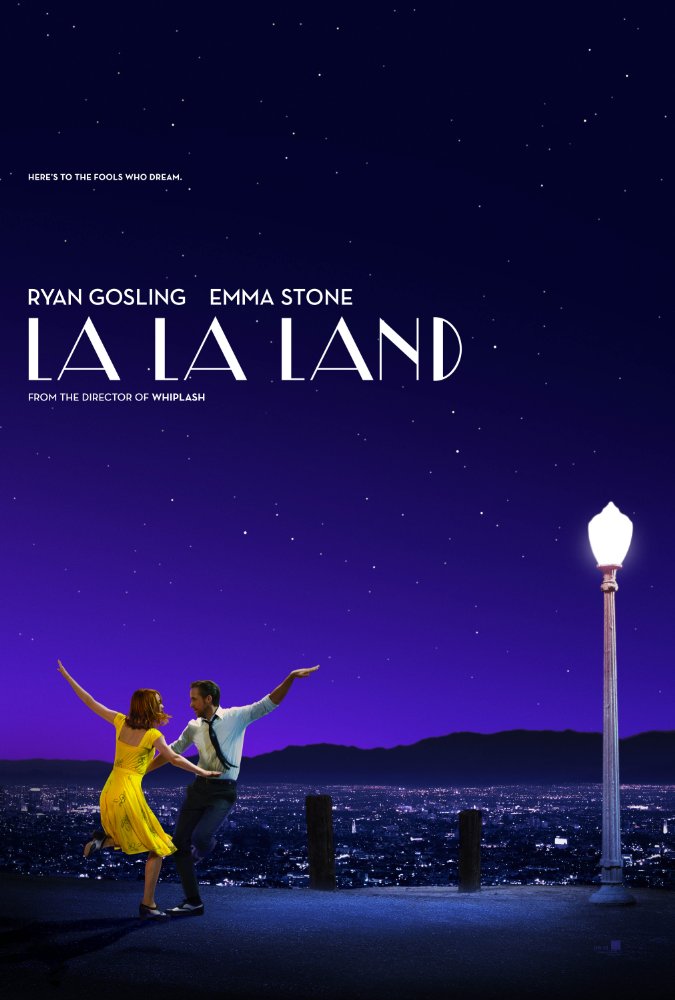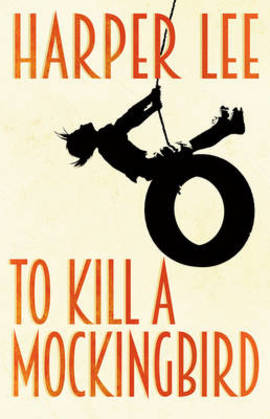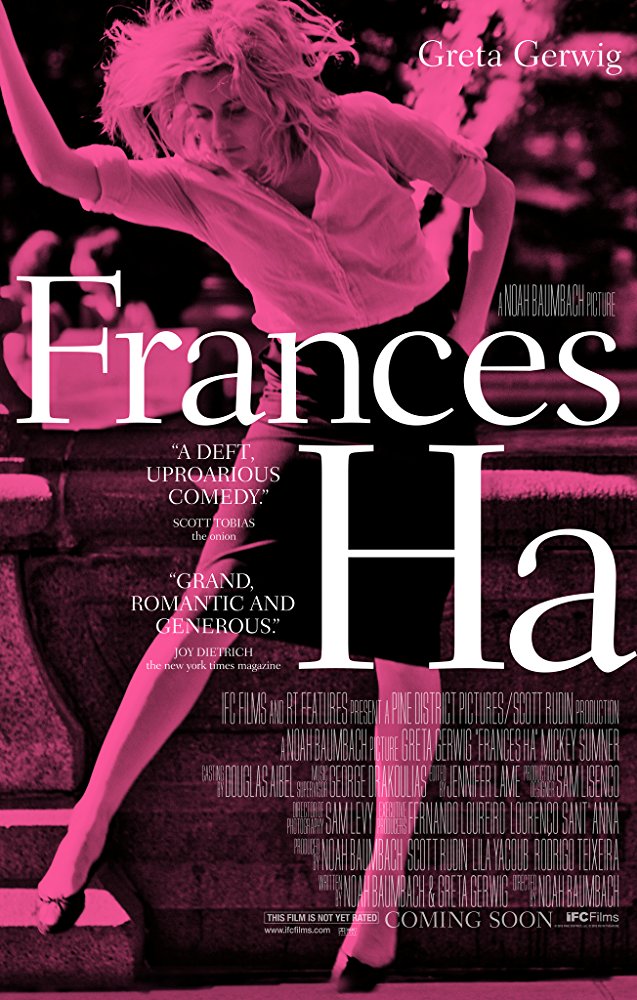Film Review
I didn’t know what to expect when I went to see ‘La La Land’ for the first time as I presumed it would be an average musical, maybe a clichéd love story, but I left the cinema feeling inspired and knowing that was by far my favourite musical.
As someone who is a musical fanatic, I obviously wanted to see La La Land and had listened to the soundtrack on repeat before I saw the film. As soon as I watched the opening scene with the song ‘Another Day Of Sun’ I immediately knew I was going to love this movie, as a queue of traffic waits impatiently for the cars to start moving then suddenly burst into song in true musical style.
Sebastian and Mia start off with a hate/love relationship as we are first introduced to their stories as struggling artists then they finally have a brief encounter in which Sebastian ignores Mia after he s fired from his job, they continue to meet and eventually have an almost romantic moment in the famous scene in the romantic setting as the sun rises. Their relationship develops as they go from refusing to have feelings for one another in ‘A Lovely Night’ to opening the opportunity to a potential romance in ‘City Of Stars’. The characters go through ups and downs.
The songs flow perfectly with the beautiful storyline as Sebastian and Mia’s romance blossoms; there is undeniable chemistry between Emma Stone and Ryan Gosling’s characters as they struggle to see eye to eye about their passions and eventually falling in love. Simple details in the film made me fall in love with it, for example Ryan Gosling’s solo of ‘City Of Stars’ depicts him wondering ‘is this the start of something wonderful’ and Mia and Sebastian’s duet is played in a more upbeat pace and the question of their connection being something wonderful is answered as their duet shows that they have both found love.
Although both characters got a happy ending, they had to sacrifice their relationship for their dreams. What could have been their futures together is shown in a heartbreaking but beautiful scene at the end of the film as Mia sees Sebastian in his club ‘Seb’s’ their whole future as it would have been in an ideal world is shown in a montage of almost every scene in the film and combines every song. What moved me the most was how at the start of the montage, Sebastian is playing the same notes on the piano as he is after the montage, reminding the audience that this is a sudden flash back to reality.
Damien Chazelle’s ability to capture an audience in an incredible musical masterpiece and make them so emotionally invested in the characters is truly amazing.



